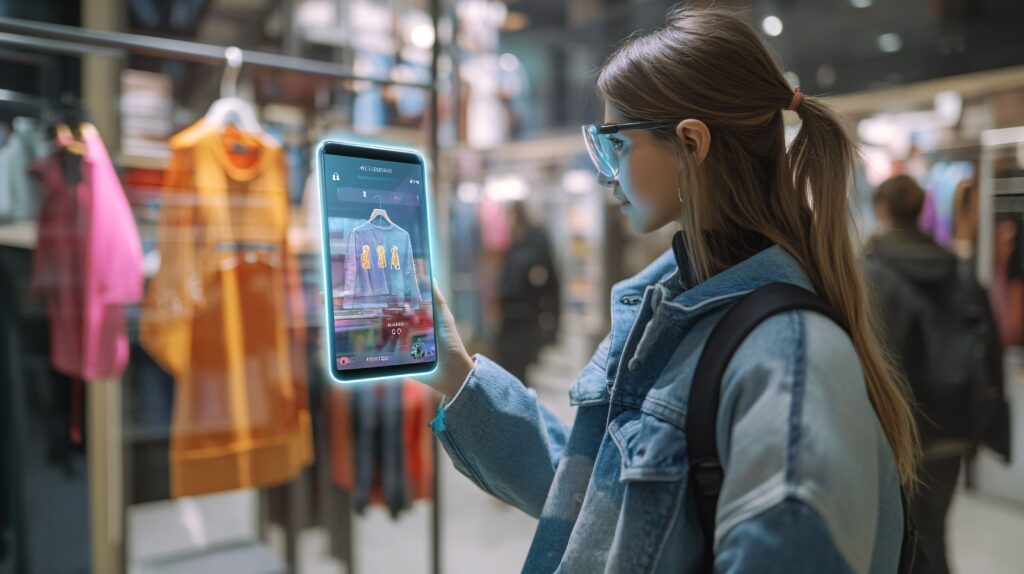Mobile Optimization Tips for a Seamless Shopping Experience

Mobile Optimization Tips for a Seamless Shopping Experience
In today’s fast-paced digital world, mobile shopping has become a significant part of the retail experience. As more people shift to their smartphones and tablets to browse and buy products, optimizing your online store for mobile users is no longer optional—it’s essential. A seamless shopping experience on mobile devices can increase customer satisfaction, boost sales, and improve brand loyalty.
Here are some essential mobile optimization tips to ensure your online store offers a smooth, enjoyable shopping experience for your customers.
1. Responsive Design: The Foundation of Mobile Optimization

Responsive design is one of the first and most critical steps in mobile optimization. It ensures that your website automatically adjusts to the screen size and resolution of the device it’s being viewed on. This means whether your customer is on a phone, tablet, or desktop, they will have an optimized experience.
Why it matters: If your website is not responsive, users may have to zoom in and out to view products, leading to frustration and abandoned shopping carts. A mobile-optimized site makes navigation easier and encourages customers to stay longer.
2. Fast Loading Times: Speed is Key
When shopping on mobile, speed is of the essence. Studies show that 53% of mobile users will abandon a page if it takes longer than 3 seconds to load. Slow websites lead to high bounce rates and frustrated customers.
How to improve speed:
- Optimize images: Compress product images and reduce their file sizes without compromising quality.
- Use browser caching: Store parts of your website in a visitor’s browser cache, so they don’t have to reload content with each visit.
- Minimize scripts and plugins: Remove unnecessary scripts or plugins that can slow down your site.
A faster website not only improves user experience but can also positively impact your search engine rankings.
3. Simplify Navigation for Mobile Users
Mobile screens have limited space, which means it’s crucial to streamline navigation. Over-complicated menus or confusing layouts can make it harder for users to find products, leading to abandoned carts.
Tips for effective navigation:
- Use a hamburger menu: A simple three-line icon that opens up a full navigation menu when clicked, saving screen space.
- Sticky navigation bars: Keep essential elements like the shopping cart and search bar easily accessible as users scroll.
- Search bar optimization: Make sure the search bar is prominently placed and responsive, allowing users to easily search for products on the go.
The goal is to make it easy for users to quickly locate products without excessive scrolling or effort.
4. Mobile-Friendly Checkout Process
A complicated or lengthy checkout process can be a major turn-off for mobile shoppers. It’s important to optimize this experience by making it as easy and quick as possible.
Best practices for mobile checkout:
- Offer guest checkout: Not everyone wants to create an account to make a purchase. Offering a guest checkout option can reduce friction.
- Use autofill: Enable autofill for fields like name, address, and payment info to make checkout faster.
- Simplify forms: Keep form fields to a minimum, and ensure that the keyboard automatically adjusts to the type of information required (e.g., number pad for credit card info).
- Show progress indicators: Let customers know where they are in the checkout process and how many steps are left.
By streamlining the checkout process, you can reduce cart abandonment rates and improve conversion rates.
5. Mobile-Optimized Images and Videos
Product images and videos are crucial to e-commerce, but they need to be optimized for mobile users. High-quality visuals help customers make informed purchasing decisions, but if they’re not properly optimized for mobile devices, they can slow down your site and create a poor user experience.
Optimization tips:
- Responsive images: Ensure images scale properly across all devices, showing high-quality visuals on larger screens and smaller, compressed versions on mobile devices.
- Lazy loading: Implement lazy loading for images and videos. This means that content will only load when it’s visible on the screen, reducing page load times.
- 360-degree views and videos: Consider integrating 360-degree product views or short video clips to give customers a better sense of the product on mobile devices.
Mobile users expect to see clear, high-quality images and videos that don’t cause delays in loading.
6. Mobile-Friendly Payment Options
Offering a variety of payment methods on mobile is essential for a smooth shopping experience. Mobile wallets like Apple Pay, Google Pay, and PayPal are increasingly popular and should be integrated into your checkout process.
Why mobile payment options matter:
- They allow users to quickly complete purchases without manually entering credit card information.
- They add a layer of security, which can increase trust in your site.
- They speed up the checkout process, reducing friction and potential abandonment.
Don’t forget to ensure that the payment process is seamless and error-free for mobile users.
7. Customer Support Accessibility
Even with the best mobile shopping experience, customers may run into issues or have questions. Ensuring your customer support is easily accessible from mobile devices is a must.
How to improve customer support on mobile:
- Live chat: Offer live chat support that’s easy to find and use on mobile.
- Quick access to FAQs: A well-organized FAQ section can answer many common questions without the need for contacting support.
- Click-to-call functionality: Ensure your phone number is clickable, so customers can easily reach out.
Having customer support readily available increases user trust and satisfaction, encouraging them to complete their purchase.
8. Test and Optimize Regularly
Mobile optimization isn’t a one-time task—it’s an ongoing process. Continuously test your mobile site to identify and fix potential issues. This includes testing for speed, usability, and overall functionality. Tools like Google’s Mobile-Friendly Test can help you spot potential problems.

Optimization should involve:
- A/B testing various elements like buttons, images, and layouts.
- Tracking mobile-specific analytics to identify problem areas.
- Gathering user feedback to understand pain points.
By consistently improving your mobile experience, you can stay ahead of the competition and meet customer expectations.
Final Thoughts
Mobile optimization is no longer a luxury for online retailers; it’s a necessity. By focusing on responsive design, fast loading times, simplified navigation, and a mobile-friendly checkout process, you can significantly improve your customers’ shopping experiences. Remember, a seamless mobile shopping experience leads to happier customers, higher conversion rates, and ultimately, more sales.
Investing in mobile optimization today ensures your business will continue to thrive in a mobile-first world.









